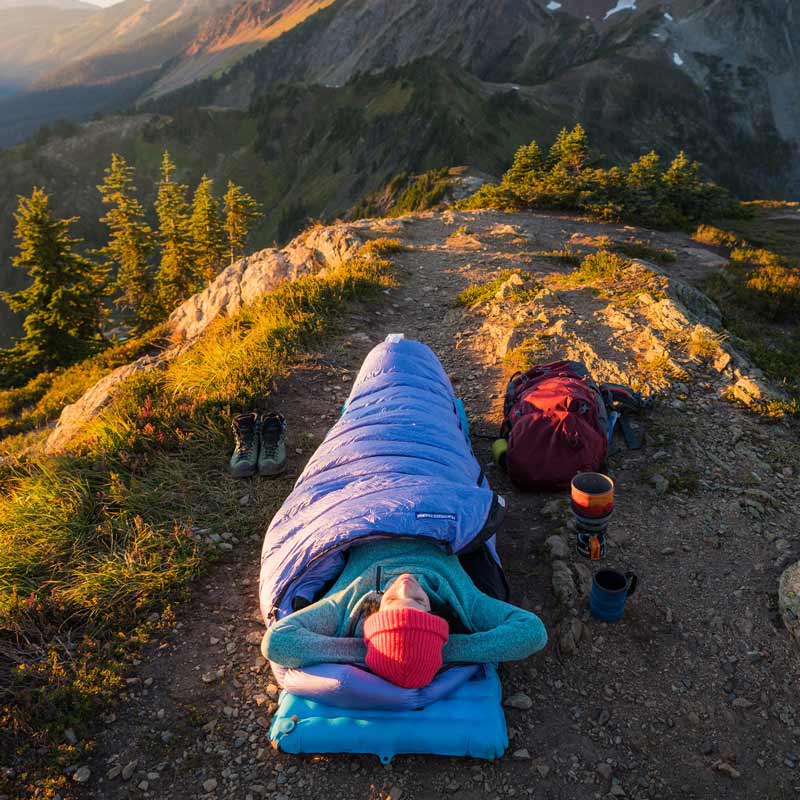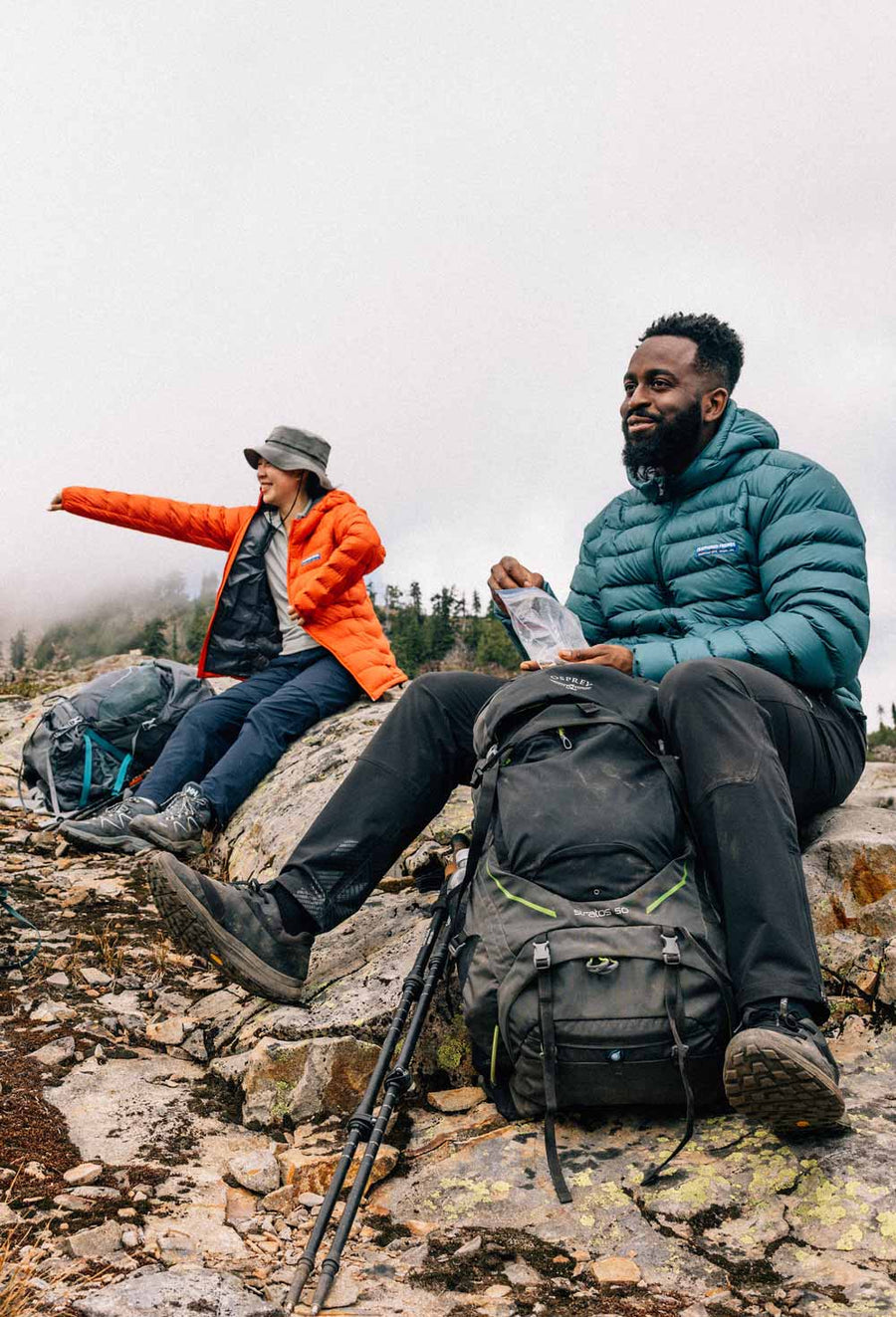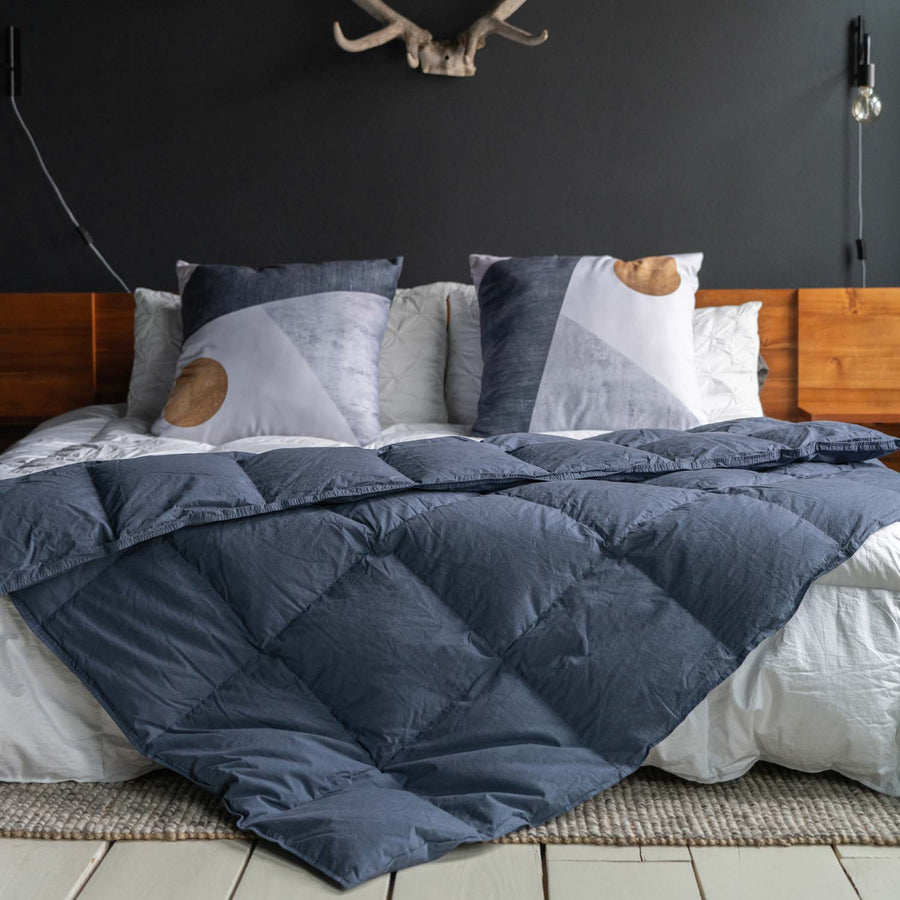Gear List for Winter Adventures
Winter is coming which means the door is open for many fantastic outdoor activities. If you’re just getting into winter sports it can be a bit intimidating to plan your adventure, so here is a basic list of items that will make you much more comfortable and safe along the way!
Words and Pictures by Meghan Young. Meghan is an avid outdoorswoman from Washington and a founder of the Pacific Northwest Outdoor Women’s Group. You can follow her adventures on instagram @missmeghanyoung.
Ten Essentials
The ten essentials are a must-have for backcountry travel during any season. In the winter this list becomes even more important due to the more severe temperature ranges. Online you will find a few versions of the list, but I like the one created by our friends at The Mountaineers the best.
1. Navigation (map and compass)
2. Sun Protection (sunscreen, hat, sunglasses, and clothing)
3. Insulation (always bring a variety of layers)
4. Illumination (headlamp/ flashlight AND extra batteries)
5. First aid supplies
6. Fire (butane lighter and waterproof matches)
7. Repair kit and tools
8. Nutrition (extra food for one additional day)
9. Hydration (extra water and a purification method)
10. Emergency shelter

Traction
In the winter, traction devices are the difference between a fun, safe adventure and slip-sliding away! Your needs will vary based upon the terrain you cover and your level of experience. Consider these options:
Microspikes: These are my favorite all-purpose traction devices. They easily slip on over all shoes and are great for compact snow and moderate ice (example; most of the frozen trails in Washington but not ideal for sustained ice travel or steep slopes as they lack front points). These should get you through most non-technical adventures during the winter. Feathered Friends carries all the sizes in their store and you can learn more on Kahtoolah’s website.
Yaktrax (or similar brand): Easily slip on over all shoes and great for light/compact snow. These are not recommended for ice as the metal tends to just slip over the surface rather than biting in. These are also the least durable option.
Crampons: Crampons are great for steep, icy, and more technical adventures. If you’re entering terrain that requires the use of crampons, it’s likely that you should also have an ice axe (and know how to use it) as well as experience traveling over ice and snow. It is also important to check the compatibility of the crampon brand with your boots—some crampons are compatible with any boot, some are not. Please stay safe and make good decisions. Here’s a handy link on selecting crampons from Rock and Ice Magazine.
Snowshoes: The type of snowshoe you buy or rent will vary based on where you intend to go. For scampering about wide, flat meadows with relatively little elevation gain almost any snowshoe will do. If you’re intent on doing a bit more climbing, however, you’ll want snowshoes with teeth (aka front crampons). If you are looking to try snowshoeing before investing in a pair the Feathered Friends Seattle store has a rental fleet with a variety of options. I personally have the MSR Lightning Ascents because I like to go uphill as much as possible. While I love them, they are also not necessary for everything! Here’s a gear review from Outdoor Gear Lab to help you get the lay of the land.

Poles and Axes
Trekking poles: A solid pair of poles are your friend year round, especially in the winter. I also recommend grabbing some snow baskets to help the points stay on the surface of the snow which gives you more leverage. Here’s some info on different types: http://www.outdoorgearlab.com/Trekking-Poles-Reviews
Ice axe: A must-have for some adventures (think steep slopes with a big fall danger) so you can safely self-arrest whether you’re glissading on purpose or accidentally take a fall. Of course, having an axe won’t do you any good if you don’t know how to use it. There are a variety of classes available on this subject. I recommend practicing on some low angle snow (and practice falling in a variety of positions- think head first on your back) so you’re comfortable with your axe before you hit up a bigger objective.

Clothing
As with anything else, proper clothing will keep you cozy, dry, and safe in the winter. What you wear depends on your activity. You will eventually arrive at a “gear set” that you know works best for different activities. If you’re overnighting, remember to pack a dry set of clothes to sleep in (if space and weight allow). Here are some important things to consider:
• A solid, waterproof shell (jacket and pants) will be your best friend on super wet days. Remember that even the highest quality Gore-Tex can be a bit muggy on the inside so pair it with sweat-wicking and quick drying base layers.
• Down garments are incredibly packable and provide a lot of warmth for the weight. They are ideal for dry weather, less sweaty activities, and as a layering piece for when you reach your destination or stop for a break and want to stay warm. Down is not ideal for wetter conditions because in sustained rain or wet snow the down can become saturated and lose some of its insulating ability. For extreme conditions Feathered Friends and a some other brands make a few garments from waterproof/ windproof fabric (but these are usually only needed on big mountain trips).
• Synthetic garments don’t pack as well as those made from down, but are also very warm. Additionally, synthetic pieces retain warmth when wet. Not all of them are breathable so as with down it is important to try check out a few options and to wear your sweat-wicking, breathable, and quick drying pieces close to your body.
• A solid base layer is your best friend. There are many options to choose from—wool, synthetic, etc. The benefit to wool is that it’s very warm when wet, tends not to smell bad even after several days of wear, and is very durable. However, it doesn’t dry as fast as some of the synthetic options. Synthetics also work well when wet, are breathable, and dry quickly.
• Protect your hands. I personally prefer a pair of mittens with a merino wool liner instead of gloves. When your fingers are grouped together, they share warmth. The liner lets me slip the glove off quickly to use my phone/camera without exposing my skin to the cold and is also easy to wash. Some people require more mobility and prefer to pair gloves with a liner or simply go with a thin liner. Gloves are a very individual piece of gear, so it is best to have options to choose from depending on conditions.
• Protect your face! I like a baseball cap for the day to keep sun and precipitation out of my eyes and a warm, wool hat for night or when I’m less active. Remember, you lose the majority of your heat through your head so take it off or put it back on as needed to help with thermoregulation.
• Glasses are a crucial winter item, especially if you’re traveling over snow for prolonged periods of time. Get something with full UVA/UVB protection to protect your eyeballs from sun damage. Standard sunglasses you use in the summer will work, but if you are going to be at higher elevations or on snow for a long time investing in a pair of glacier glasses (they have darker lenses) can be helpful. Most glacier glasses will also have side guards for extended snow or glacial travel to give you additional protection against glare.
• Try a buff. I use my buff religiously: as a headband, as a hat, on my neck, around my face to block the sun, etc. It’s a great layering piece that can be used for so many other things.

Footwear
It’s a good bet that you’ll want some waterproof boots for winter adventures. The best advice I can offer is to try boots on and talk to a fitting specialist and then snag a pair. As with everything else in the “waterproof” world, even the best boots may fail depending the conditions and terrain you’re traveling over and the age of the gear. Pair your boots with wool or synthetic socks that will keep your feet feeling dry even while they are wet, and bring a dry pair of socks for sleeping.
• Down booties are lightweight and easily packable and are a total game changer if you’re overnighting in the cold.
• Gaiters are also a winter lifesaver. They keep snow and other detritus out of your boots while providing protection for your pants from traction devices.
Headlamp: Don’t leave the house without one in the winter. Shorter days mean less light and more potential to get stranded in the dark. Part of the 10 essentials but worth a second mention they are so important!
Avalanche Beacon: unstable Snow + people + avalanche terrain = the potential for deadly avalanches. We highly recommend taking an avalanche awareness class, and if you will be traveling in avalanche terrain purchase and learn how to use a beacon in an AIARE class. There are often routes and terrain that can lessen the risk of avalanche exposure, so know before you go and plan based on the skill level and knowledge of all group members.
Appropriate sleeping gear: This information could take up an entire blog post on its own but is worth a short mention all the same.
• Choosing the right tent is important. Many 3-season tents will be ok for basic winter activities if it’s not super windy, wet, or snowing heavily. However, if weather conditions are more intense or you’re doing some extended travel in the backcountry, consider purchasing or renting a 4-season tent to protect yourself and your gear from inclement weather and unexpected snowfall or rain.
• Sleeping bags are given a temperature rating that tells you the lowest temperature that you should still be comfortable in while using your bag, assuming you’re using a sleeping pad and wearing thermal underwear (base layers). Your desired temperature will vary based upon where you are traveling and personal preference (some people are colder than others). You can supplement your bag with a sleeping bag liner that will boost the rating anywhere from 5-25 degrees depending on which one you select. As an added bonus, it’s much easier to wash your liner than your sleeping bag and this adds warmth without adding a lot of bulk. If you don’t want to invest in a warmer bag, you can rent them from Feathered Friends (or a few other shops in the PNW).
• Sleeping pads are assigned an “r” value that indicates their insulating effect; the bigger the number, the better it performs in cold weather conditions to keep you toasty. If you don’t want to shell out for a 4-season sleeping pad like the Thermarest Neoair Xtherm, you can layer two pads on top of each other to increase comfort and warmth.
Miscellaneous gear: there are so many little things you can bring along to make your day that much more fun and comfortable. I bring a stove along even on day adventures in the winter to make hot cocoa, chai, soup, etc. I like to take a foldable cribbage board or bananagrams along as well to give us something to do when the sun goes down early. I also like to bring a sit pad so I can sit outside comfortably while cooking or gazing at the mountains.
There you have it, a basic winter gear list. Pair that with some sound LNT (Leave No Trace) principles and a great group of friends and you’re bound to have fun!
The post Gear List for Winter Adventures appeared first on Expedition Tales.











Leave a comment